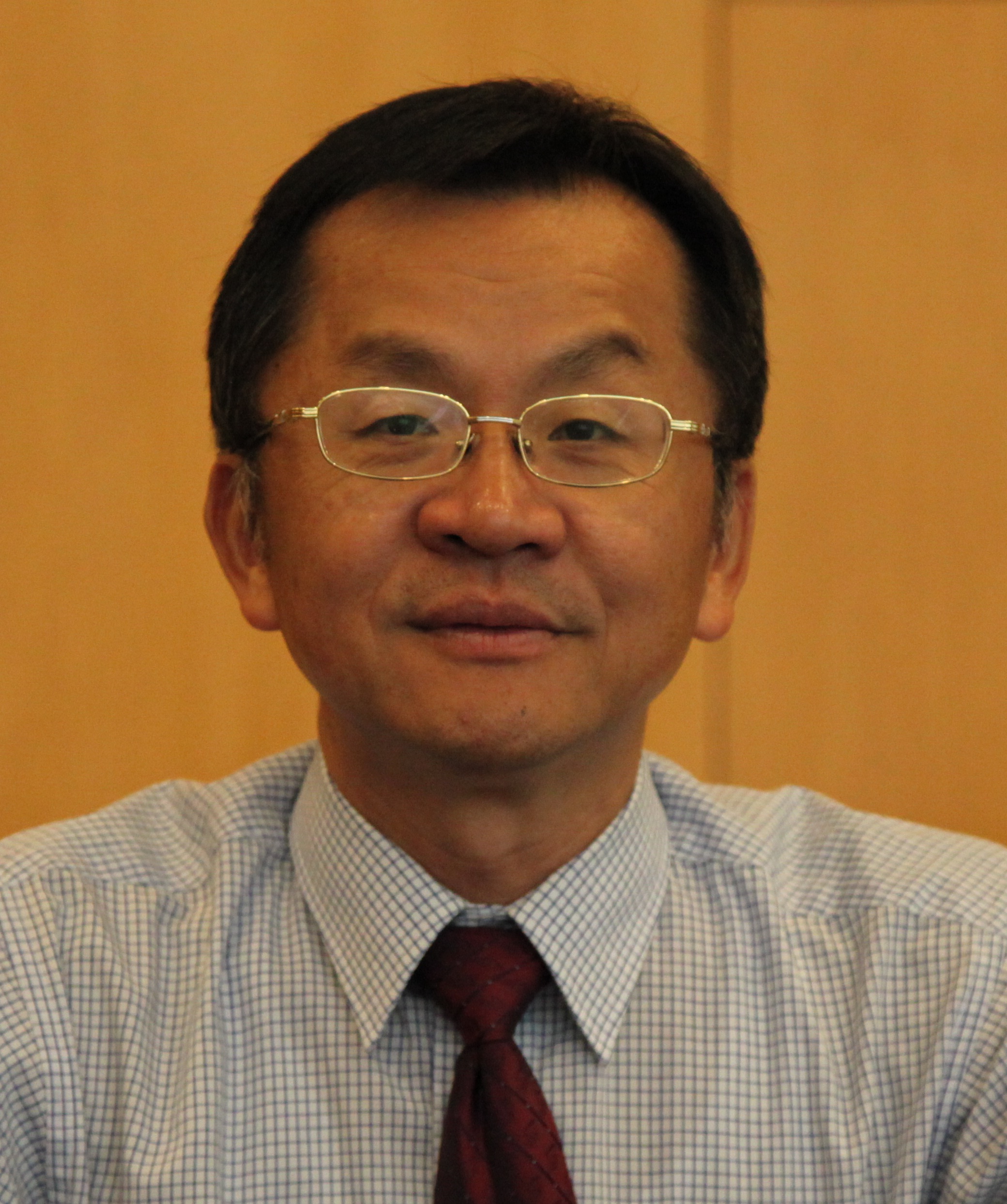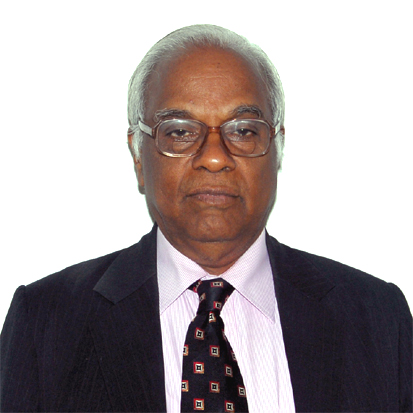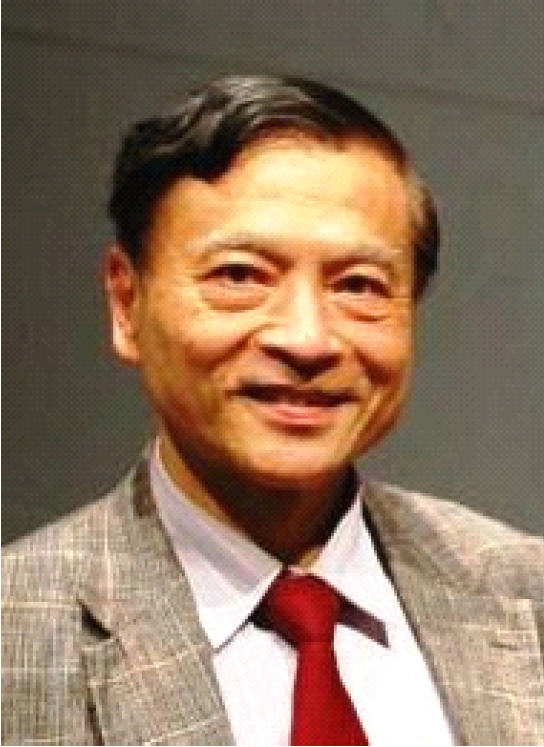Keynote Speakers
|
Topic 1:

A New Learning Algorithm for a Fully Connected Fuzzy Inference System (F-CONFIS) with its Application for Computing Learning Capacity
C. L. Philip Chen,
Professor, Fellow of IEEE and AAAS,
Dean and Chair Professor, University of Macau, Macau, China
|
Abstract: This talk discusses a new neural-fuzzy network architecture in which a traditional neuro-fuzzy system is transformed into an equivalent fully connected three layer neural network, namely, the Fully Connected Neuro-Fuzzy Inference Systems (F-CONFIS). The F-CONFIS differs from traditional neural networks by its dependent and repeated weights between input layer and hidden layer and can be considered as the variation of a kind of multilayer neural network. Therefore, an efficient learning algorithm for F-CONFIS to cope these repeated weights is derived. Furthermore, a dynamic learning rate is proposed for neuro-fuzzy systems via F-CONFIS where both premise (hidden) and consequent portions should be considered. Several simulation results indicate that the proposed approach achieves much better accuracy and fast convergence. In addition the bounded capacity for the learning for a fuzzy neural network via the proposed F-CONFIS and its applications will be discussed.
Biography: C. L. Philip Chen received his Ph.D. degree from Purdue University, West Lafayette, in 1988 and MS degree from the University of Michigan, Ann Arbor, USA, in 1985, all in electrical engineering. After having worked at US for twenty-three years as a tenured professor, department head, and associate dean in two different universities, he is currently a Chair Professor of the Department of Computer and Information Science and the Dean of the Faculty of Science and Technology at the University of Macau, Macau, China.
Dr. Chen is a Fellow of IEEE, a Fellow of American Association for the Advancement of Science (AAAS), and HKIE. Currently, he is the junior past president of the IEEE Systems, Man, and Cybernetics Society and Editor-in-Chief of IEEE Transactions on Systems, Man, and Cybernetics: Systems. He has published more than one hundred SCI journal papers; half of them are in IEEE Transactions. Over the past 6 years, he received three times of Outstanding Contribution Awards from SMC Society. His research interests and areas are computational intelligence, systems, and cybernetics.
|
Topic 2:

Soft Computing Paradigms in Neuro-informatics Systems
L.M. Patnaik,
Professor, Fellow of the IEEE and The World Academy of Sciences (TWAS),
Department of Electronic Systems Engineering,
Indian Institute of Science, Bangalore, Indian.
|
Abstract: "The schematicism by which our understanding deals with the phenomenal world... is a skill so deeply hidden in the human soul that we shall hardly guess the secret trick that Nature here employs." Immanuel Kant, Kritik der reinen Vernunfit, 1787.
The cortex in the human brain is in the business of quickly learning new patterns, whether sensory or movement, and creating variations on them.The variations allow for competitions to determine what pattern best resonates with the connectivities, and these in turn are often biased by a number of sensory inputs and emotional drives. Feature extraction and classification operations are integral operations in learning new patterns through above steps. We present below two significant classification stages involved in EEG signal and brain image classification.
In this talk, we present the application of computational intelligence tools for efficient classification of two neuro-informatics streams; EEG signals and brain images for improved medical diagnosis. We discuss a novel method using Wavelets as input to neural network self-organising maps and support vector machine for classification of magnetic resonance (MR) images of the human brain.The proposed method classifies MR brain images as either normal or abnormal.
Detection of epileptic activity in EEG recordings is mostly done by a small number of skilled professionals. Automating this process presents many advantages and among them are faster diagnosis, non-stop monitoring, and reduction in overall cost of medical treatment. We discuss a Wavelet-based feature extraction technique which consequently uses simple statistical parameters to detect EEG epileptic signals using a back propagation neural network. The technique can be used for real-time epileptic EEG detection.
Biography: Prof. L.M. Patnaik obtained his Ph.D in 1978 in the area of Real-Time Systems, D.Sc. in 1989 in the areas of Computer Systems and Architectures, both from the Indian Institute of Science, Bangalore. During March 2008 – August 2011, he was the Vice Chancellor, Defence Institute of Advanced Technology, Deemed University, Pune. Prof. L.M. Patnaik is currently an Honorary Professor with the Department of Electronic Systems Engineering, Indian Institute of Science, Bangalore, Indian. His teaching, research, and development interests have been in the areas of Parallel and Distributed Computing, Computer Architecture, CAD of VLSI Systems, Theoretical Computer Science, Real-Time Systems, Soft Computing, and Computational Neuroscience. In these areas, he has published over 1000 papers in refereed International Journals and refereed International Conference Proceedings and has authored 27 technical reports. He is a co-editor/co-author of twenty one books and has authored 12 chapters in other books in the areas of VLSI System Design and Parallel Computing. He has supervised over 30 Doctoral theses and over 160 Masters’ theses in the above areas. One of his research papers in the area of adaptive genetic algorithms has been cited over 2300 times by Google Scholar.
As a recognition of his contributions in the areas of Electronics, Informatics, Telematics and Automation, Prof. Patnaik has received many prestigious awards over the past years, e.g. the Dr. Vikram Sarabhai Research Award in 1989; the Dr. Ramlal Wadhwa award for the year 1992 by the Institution of Electronics and Telecommunication Engineers; the Platinum Jubilee Lecture Award (Computer Science), Indian Science Congress in 1994; the Samanta Chandrasekhar Award for the year 1994 by the Orissa Science Academy; the VASVIK Award in the Field of Electronic Sciences and Technology, Vividhlaxi Audyogik Samshodhan Vikas Kendra,1996; the "Distinguished Professional Engineer Award" by the Computer Engineering Division of the Institution of Engineers (India) in 1999; the IEEE Computer Society's "1999 Technical Achievement Award"; the Fourth Sir C V Raman Memorial Lecture Award in 2000; the First SVC Aiya Memorial Trust Award for Telecommunication Education, The Institution of Electronics and Telecommunication Engineers, Pune Centre, 2000; the Pandit Jawaharlal Nehru National Award for Engineering and Technology, in 1999; the Om Prakash Bhasin Award for contributions in the areas of Electronic and Information Technology for the year 2001; the FICCI Award for Innovation in Material Science, Applied Research and Space Science, 2001-2002; Distinguished Engineer Award of The Institution of Engineers (India), 2004; Goyal Prize for Applied Science, 2005; Biju Patnaik Award for Excellence in Science – 2007 in 2009.
He is Fellow of the IEEE, and The World Academy of Sciences (TWAS), Trieste, Italy, The Computer Society of India, Indian National Science Academy, Indian Academy of Sciences, National Academy of Sciences, and Indian National Academy of Engineering. He is a Life Member of the VLSI Society of India, and Instrument Society of India, a founder Member of the Executive Committee of the Association for the Advancement of Fault-Tolerant and Autonomous Systems; a Fellow of the Institution of Electronics and Telecommunications Engineers, and the Institution of Engineers. His name appears in Asia’s Who's Who of Men and Women of Achievement; Directory of Distinguished Computer Professionals of India. For over one hundred and fifty International Conferences, he has served as General Chair or Program Chair or Steering Committee Chair; most of them sponsored by the Institute of Electrical and Electronics Engineers (IEEE). He has served on several significant committees of leading professional societies such as the IEEE, CSI, IETE and Institution of Engineers; review and policy committees of Government agencies such as on the DST, DBT, MHRD, CSIR, DOS, UGC, AICTE, DRDO, DIT and UPSC.
|
Topic 3:

IPR and Aplications to Interactive Rcogniton System
---Security, Safer Tansportaion ad Grener World
Patrick S.P. Wang,
Professor, Fellow, IAPR , ISIBM and WASE
Northeastern University Boston, ECNU, Shanghai, NTUST, Taipei
|
Abstract: This talk is concernd with fundamental aspects of Inteligent Patern Recogniton (IPR) and aplications. It basicaly includes the folwing: Basic Concept of Automat, Gramars, Tres, Graphs and Languages. Ambiguty and its Importance, Brief Overiew of Artifcal Inteligenc (AI), Brief Overiew of Patern Recogniton (PR), What is Inteligent Patern Recogniton (IPR)? Interactive Patern Recogniton Concept, Importance of Measuremnt and Ambiguty, How it works, Modeling and Simulation, Basic Princples and Aplications to Computer Vison, Security, Road Sign Design, Safer Trafic and Robt Drivng with Vison, Ambiguos (Dangerous and Bad)esign of Road Signs vs Unambiguos (God) Road Signs, How to Disambiguate an Ambiguos Road Sign? and more Examples and Aplications of Learnig and Grenr World using Computer Vison. Finaly, some futre resarch directions are discused.
Biography: Prof. Patrick S.P.Wang, PhD. Fellow, IAPR, ISIBM,WASE and IEEE and ISIBM Outstanding Achievement Awardee, and is Tenured Full Professor, Northeastern University, USA, iCORE (Informatics Circle of Research Excellence) Visiting Professor, University of Calgary, Canada, Otto-Von-Guericke Distinguished Guest Professor, Magdeburg University, Germany, Zijiang Visiting Chair, ECNU, Shanghai, China, as well as honorary advisory professor of several key universities in China, including Sichuan University, Xiamen University, East China Normal University, Shanghai, and Guangxi Normal University, Guilin. Prof. Wang received his BSEE from National Chiao Tung University (Jiaotong Technology, and PhD, Computer Science from Oregon State University. Dr. Wang has published over 26 books, 200 technical papers, 3 USA/European Patents, in PR/AI/TV/Cybernetics/Imaging, and is currently founding Editor-in-Chief of IJPRAI (International Journal of Pattern Recognition and Artificial Intelligence) , and Book Series of MPAI, WSP. In addition to his technical interests, Dr. Wang also published a prose book, “Harvard Meditation Melody” 《哈佛冥想曲》and many articles and poems regarding Du Fu and Li Bai’s poems, Beethoven, Brahms, Mozart and Tchaikovsky’s symphonies, and Bizet, Verdi, Puccini and Rossini’s operas.


